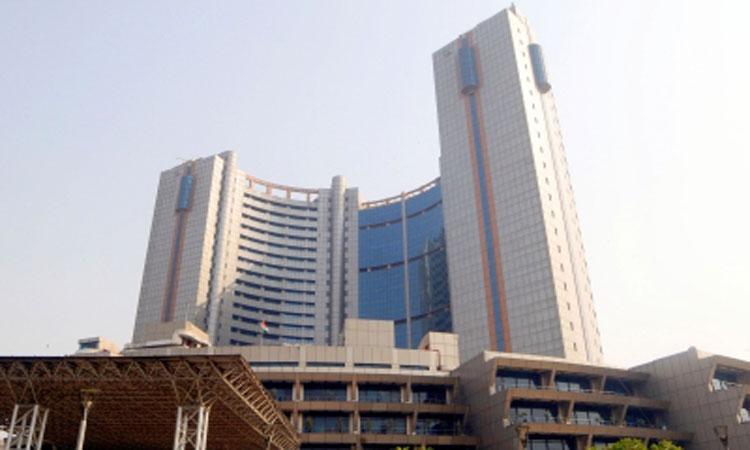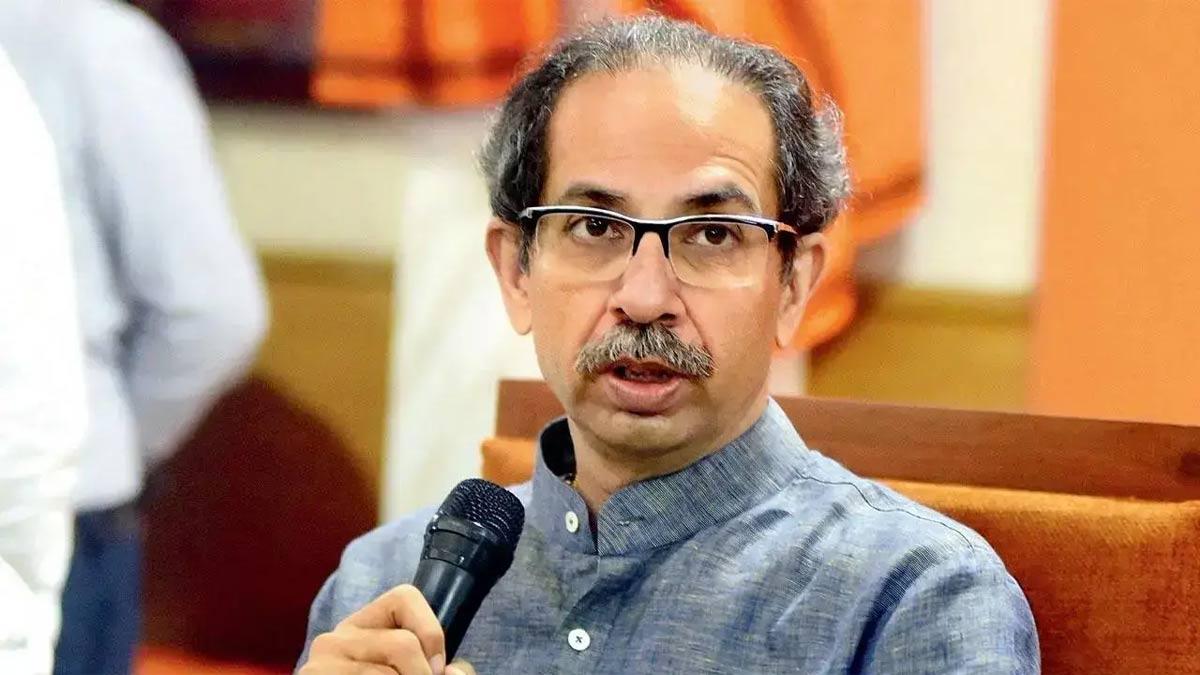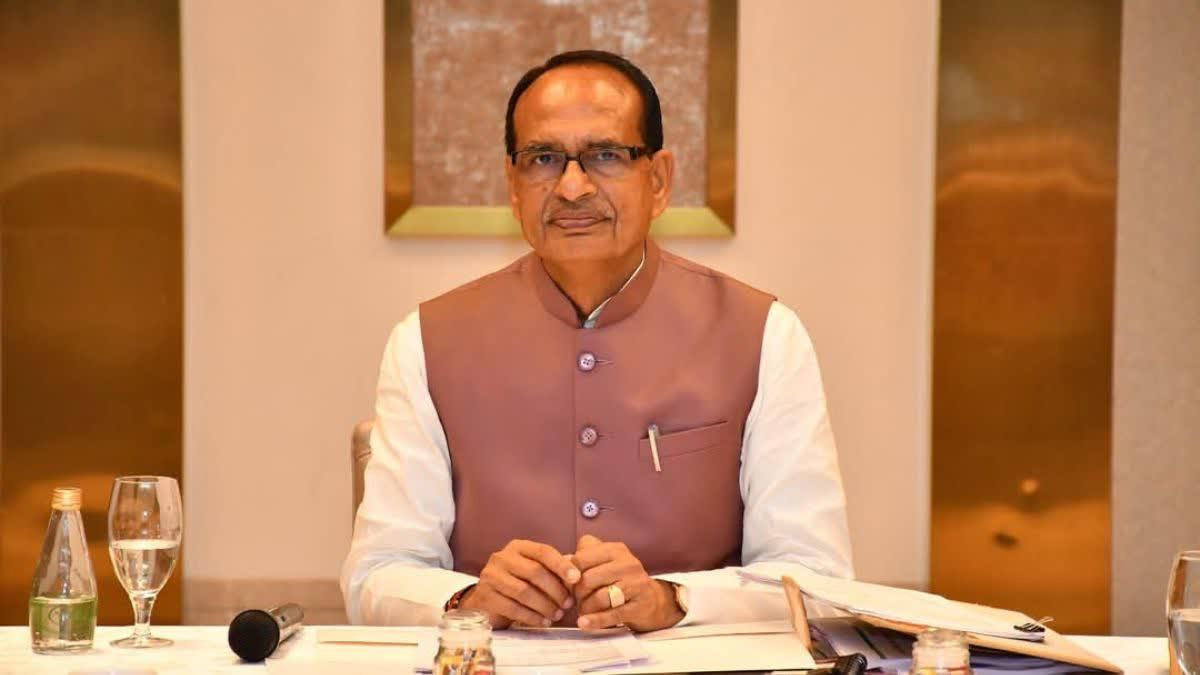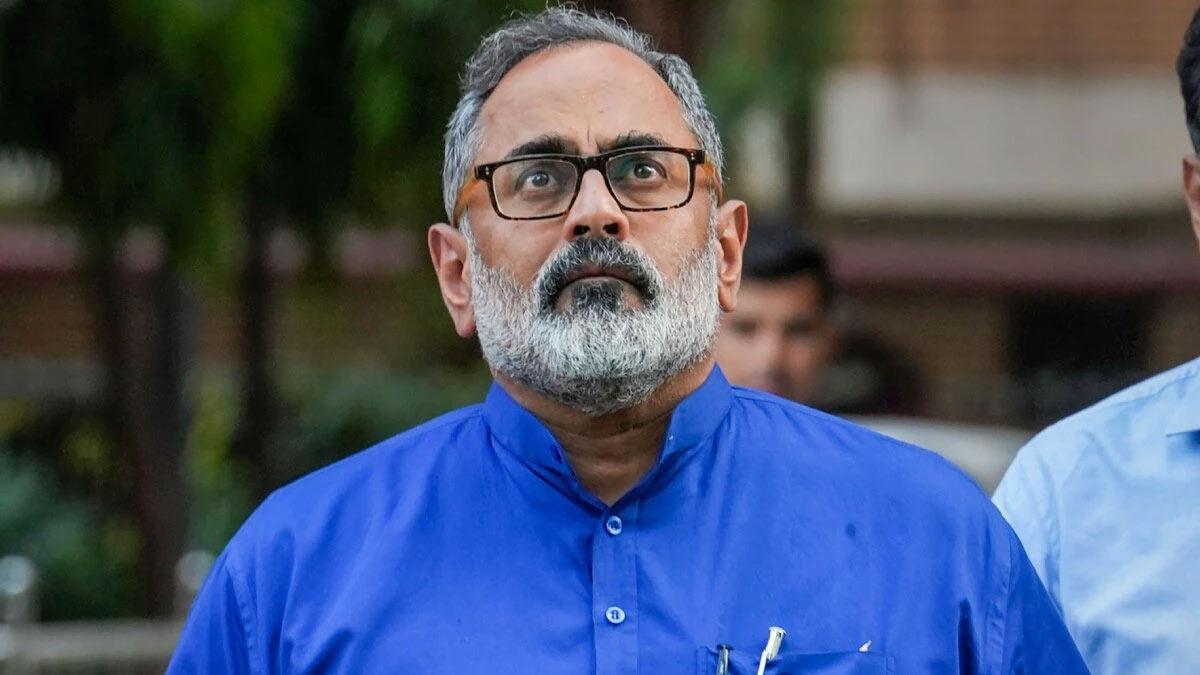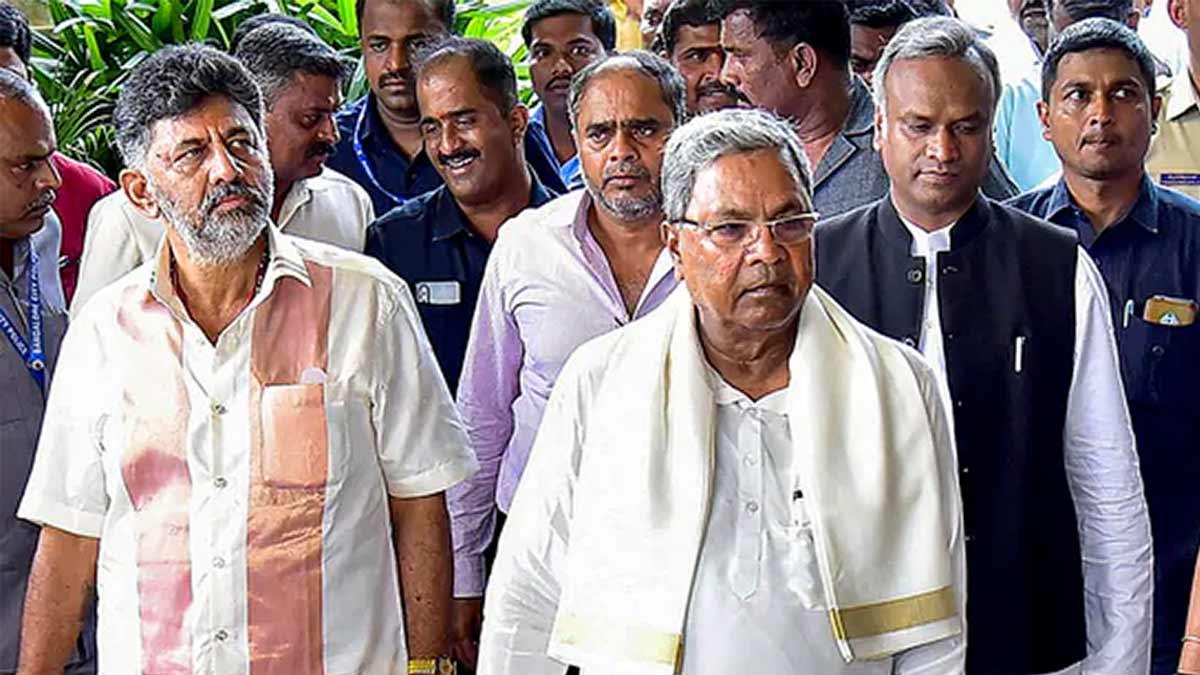The results of 250 wards of the Municipal Corporation of Delhi (MCD), India's second-richest civic body, are out. The Aam Aadmi Party (AAP) has got a majority and then added two councillors from the Congress who switched loyalties on Friday.
This year the elections were conducted for only one MCD, compared to three in 2017. But what has not changed is that it will be led by a mayor who will be elected in the days ahead. Before it takes place, here's a recce of the civic body's history and the essential facts that you must know.
Officially, the MCD graduated from its predecessor established during the British Raj and opened its latest chapter 64 years ago from the historic Townhall in Chandni Chowk, the boulevard that has been the heart of Delhi since the time Shah Jahan completed the Red Fort in 1648. The MCD was formed under the Delhi Municipal Corporation Act of 1957 passed by Parliament.
According to the available information, a decade after India's Independence, when policy makers were thinking of constituting the MCD, it was decided to develop it on the lines of the Bombay Municipal Corporation of that time. Freedom fighter Aruna Asaf Ali was appointed the first mayor of the MCD. Even in the beginning, most parts of Delhi came under a single MCD.
In 1958, the number of councillors in the MCD used to be 80. After that they increased to 134 and in 2007 this number increased to 272. In 2011, the then Chief Minister of Delhi Sheila Dikshit divided the Municipal Corporation into three parts -- North Delhi (104 wards), South Delhi (104 wards) and East Delhi (64 wards). Each of these municipal corporations had its own mayors.
On the eve of the just-concluded elections, the MCD was united by the Narendra Modi government. At the same time, the number of seats was reduced from 272 to 250. Elections have been completed to these 250 seats. Changes were also made in many wards because of delimitation. The geography of 22 out of the 70 assembly constituencies of Delhi was changed this time. As a result, Mayur Vihar Phase-I became the largest ward, whereas Chandni Chowk is now the smallest.
After being integrated, now the Municipal Corporation of Delhi will have only one headquarter. Instead of three, there will be only one House of the Municipal Corporation. Not only this, there will be only one Mayor and only one Standing Committee in Delhi.
Also Read | Delhi gets its own 'double-engine sarkar', but it won't be a cakewalk for AAP
At the same time, there will be only one policy for house tax and licenses etc. Till now all the three corporations used to fix the last date for depositing house tax separately, but now there will be only one rule in this matter in the whole of Delhi. Earlier the problem was that the income of the three corporations was not the same.
Now, with the merger of all the three municipal corporations, tax income will come at one place and there will be reduction in additional expenditure as well. In such a situation, the financial condition of the corporation is also expected to improve to some extent.
The budget of the Municipal Corporation of Delhi for 2022-23 is Rs 15,276 crore, compared to the BMC'S Rs 45,949 crore for the same financial year. Many development projects ride on this big budget.
In view of such a big budget, every party wants to have its own mayor in the MCD. The powers of the Delhi government and the Municipal Corporation are different, but many are similar.
The MCD has the responsibility of street lights, primary schools, property and professional tax collection, toll tax collection, cremation and birth and death certificates, dispensaries, drainage system, maintenance of markets etc.

